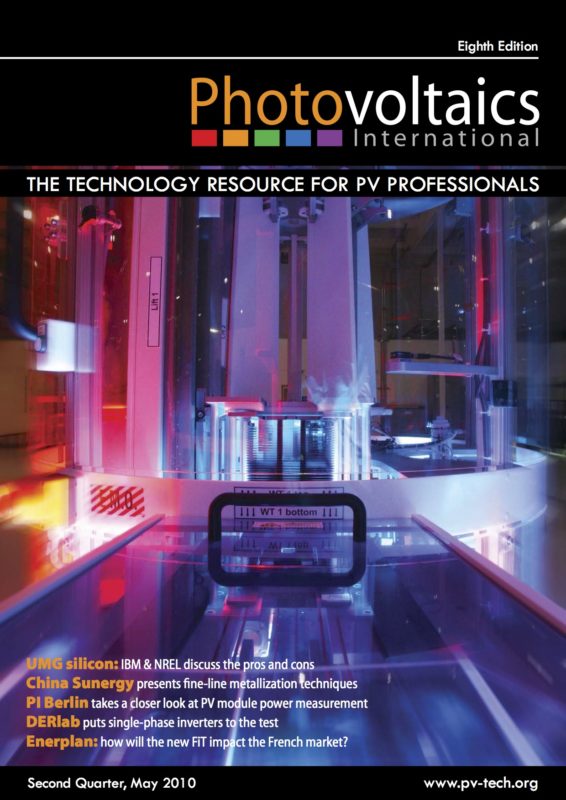By Nico Ackermann, Q-Cells SE; Volker Gutewor, Q-Cells SE; Michael Quinque, Leader in the Metrology Departmen, Q-Cells SE; Marcel Kuehne, Q-Cells SE; Elard G. Stein von Kamienski, Head of Measurement Technology and Process Analysis, Q-Cells SE; Achim Schulze, Q-Cells SE; Ralph Wichtendahl, Head of Analysis and Modelling, Q-Cells SE
Among all of the tests performed in the production chain of solar cells, each with the scope of production control and the aim of driving engineering improvements, the electrical final test is certainly the most important. The final test defines the gate to module manufacturing and has a direct impact on finances and customer satisfaction. The test procedure itself is well known and continues to undergo constant further development, but that shall not be the scope of this article. This paper will elucidate on the issues faced by bringing these tests into high volume production, highlighting some issues on measurement accuracy and degradation of the internal calibration standards. In addition to pure electrical testing, the paper will discuss the Q-Cells approach to identifying hot spots and subsequent binning of the affected cells without adding process time to the test procedure, and will show their straightforward correlation to heat generation of these hot spots in real-life condition-encapsulated module tests.



